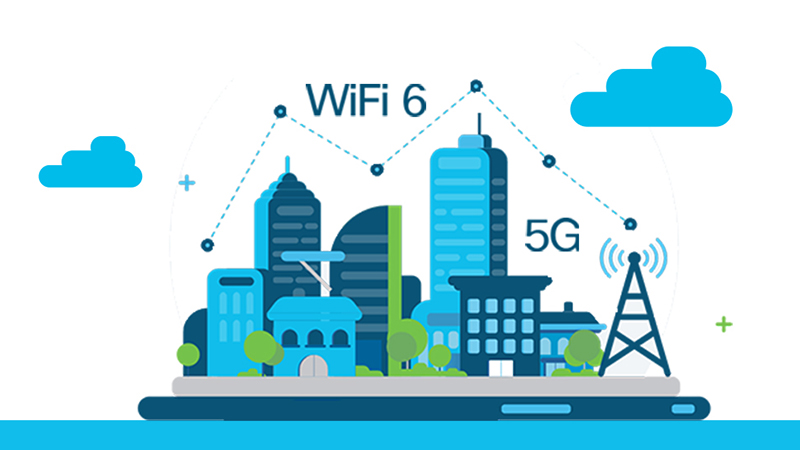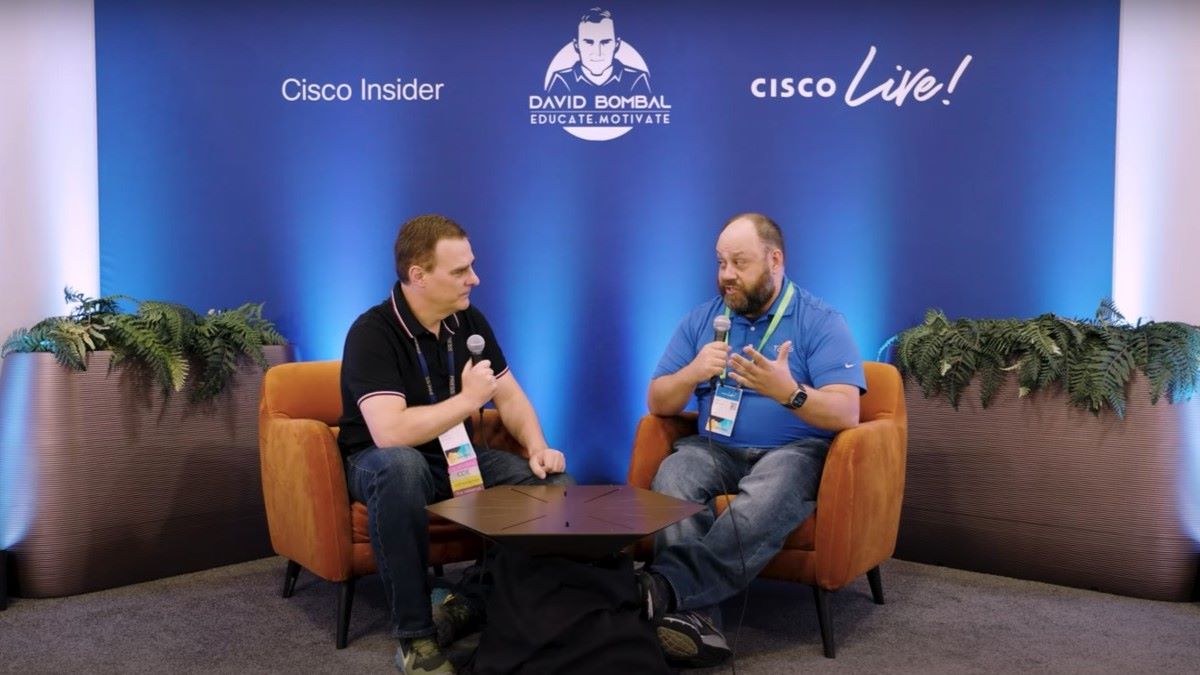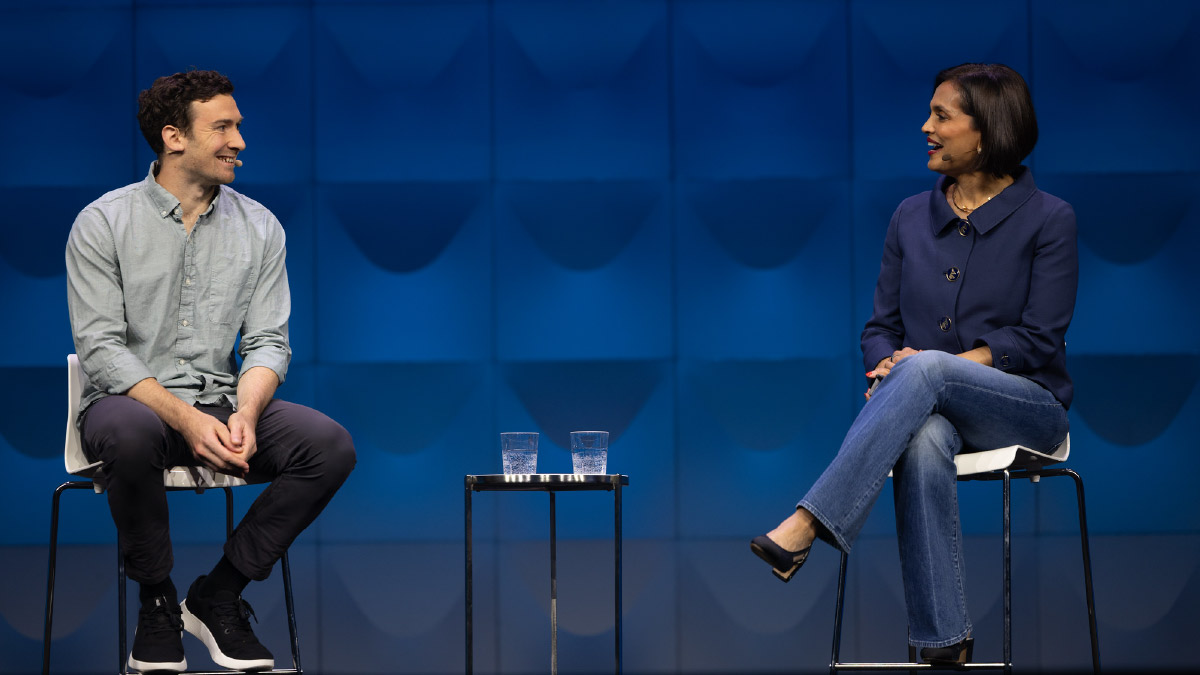The city of the future could be dangerous, congested, and dirty. Or dynamic, green, and thriving.
More and more, digital technologies will be the difference.
But meeting the demands of increasingly data-intensive solutions — everything from self-driving cars and distributed energy grids to heightened public safety and hyper-informed citizens — will require a new dimension in connectivity.
That’s where 5G and WiFi 6 come in — to future-proof urban communities for the challenges that lie ahead, and fully enable a cascade of game-changing technologies like AI, Internet of Things (IoT), edge computing, blockchain, and advanced video analytics.
Model smart cities like Barcelona, Vancouver, and Singapore (to name but three) have already demonstrated the profound impact of digitization on urban communities. But the next wave of innovation will be even more data intensive.
To meet that demand, WiFi 6 and 5G each offer tremendous advantages in bandwidth, speed, and latency. And each have their unique strengths in complex urban environments. As Cisco CEO Chuck Robbins has said, “WiFi 6 and 5G are made to work together."
WiFi 6 excels in high-density local areas, making it ideal for a city’s public transportation centers, malls, stadiums, campuses, and so on. It’s relatively affordable to deploy, maintain and scale, and offers up to 4x the capacity of 4G networks.
“Crowded environments are obviously a big challenge,” Boingo Wireless CTO Derek Peterson said at a Cisco-led event, “and we can’t always deliver all the things we want to deliver in an environment with a lot people. With WiFi 6 you’re going to be able to enable all those great applications in crowded environments.”
In urban environments, those applications will range from immersive experiences for maintenance or medical workers to faster video analysis for public safety. Another benefit? Highly engaged citizens, customers, and fans.
Sacramento leads the way
5G, with its longer range, will extend high-speed, low-latency coverage to nearly every corner of a smart city.
A few cities are already laying the foundation for the future. Sacramento, Calif., is partnering with Verizon, Cisco, Ericsson, and others to build a 5G network. While for now it’s mostly focused on the consumer market, Louis Stewart, the city’s chief innovation officer, is looking ahead.
“There’s a lot of development brewing here in Sacramento,” he said, “so there’s an opportunity to look at 5G as it pertains to the IoT side of the house.”
Sacramento is committed to spurring growth, empowering citizens, and reducing climate impact, among other priorities. And Stewart sees the city’s investments in 5G as insurance against future demands for higher bandwidth, greater speed, and lower latency.
“With the existing [digital] infrastructure you’ll start seeing more delays,” he added. “But as we move into connected infrastructure and vehicles, looking at video and traffic and all this other stuff, we can actually move those to a more high-speed network.”
The most data-intensive use cases — everything from public safety and energy management to real-time traffic and transportation coordination — will show the strain first.
“There are going to be a number of IOT use cases where the bandwidth is larger, where you simply need to process a lot more data, a lot more devices at the same time,” said Bas Boorsma, an authorand managing director of Cities Today. “LoRa and narrow-band IOT are not going to cover the full job, and that’s where 5G is kicking in.”
‘Easier, better, faster, and future proof’
Boorsma stresses that plenty of progress will continue on existing networks. But he cites the growing ecosystem of applications and solutions surrounding connected highways as one example where next-gen connectivity will shine.
“Let’s say that you’re going to have smart vehicles talking to light poles and traffic lights,” he said. “At first, you’ll use regular road-to-vehicle and vehicles-to-vehicle communication stuff, with something like three hundred sensors within a car and perhaps 20 data streams that come from the road site to the car. But that may [increase] tenfold.”
5G can also simplify the process of tying such multifarious solutions together. While seamlessly complementing WiFi 6 for a wide variety of city use cases. So, getting the network foundation right is critical.
“The foundational aspect is really the network as well as the connectivity layer,” said Brenda Germundson of Cisco’s global public sector group. “Because without that connectivity, we have nothing when it comes to the smart city application. If we want to do something around smart parking or smart lighting or any of those, we always have to have that connectivity layer.”
With 5G and WiFi 6, she added, "it's going to be easier, better, faster, and future proof."
Between the two solutions, for example, nearly every stretch of physical infrastructure in a city could be connected to the Internet of Things — from buildings, roads, and bridges to parking spaces and trash containers.
“5G gives a broader coverage of infrastructure,” said Shaun Kirby, head of connected car product management at Cisco, “so that you don’t have to have access points every few feet down the road. WiFi 6 has its place absolutely with extremely dense devices and extreme high-bandwidth situations. 5G extends the WiFi 6 goodness to all those other areas and achieve the ubiquity.”
Connecting things — to help humans
Despite the name, the Internet of Things is all about people. In cities, the real inspiration is to make communities more liveable, breathable, and thriving — in effect, more human.
“The creation of wealth, the ability to manage cities, the ability to make any place a great place, are going to be increasingly enhanced. Because of 5G, because of IoT..." “The creation of wealth, the ability to manage cities, the ability to make any place a great place, are going to be increasingly enhanced,” said Louis Zacharilla, an author and co-founder of the Intelligent Community Forum. “Because of 5G, because of IoT, we’re going to be able to reconfigure our infrastructures so that we can do the kinds of things that we want to do as part of our daily living.”
For citizens, that means greatly enhanced interactions with one another, with government services, and with the environment around them, especially in the kinds of public spaces in which WiFi 6 excels.
“WiFi 6 enables you to not just focus on your phone and staring down,” said Peterson, “but to interact with the environment around you. The Internet of Things is a big part of what’s going to be enabled by WiFi 6.”
Zacharilla expects 5G and WiFi 6 to drive advances in citizen participation and awareness, education, health care, security, and sustainability. Critically, these benefits will extend to the growing number of megacities in the developing world, as urban migration continues to surge and resources and infrastructures are strained to the limit.
“The degree to which we’re going to need to have data to manage the population flows,” he added, “to know who’s in our cities, to make our cities more secure and sustainable is going to be key. Being able to use the networks to deploy quickly, to keep a neighborhood clean, to keep it safe — there’s nothing that actually restores the confidence that a place is working by being clean, by being safe.”
Sharing energy and staying safe
Managing resources will be ever-more critical in cities of all sizes. Distributed energy grids, in which power is shared among end users from low-use areas to high (or from sunny to cloudy) could be a great step forward — but would be extremely data intensive.
Emerging technologies like AI, blockchain, and edge computing would certainly play a role, but sharing second-by-second data around shared kilowatt hours or millions of micropayments would challenge many of today’s networks.
“The technology around micro grids has evolved, and the cost of storage, which is batteries, has dropped dramatically,” said Simon Young of Cisco’s IoT, energy and transportation group. “You’d have renewable distributed energy resources that exist everywhere as opposed to centralized. But we’re finding that you need high-speed communications to enable that data to move quickly to enable those sorts of capabilities.”
It’s a great example of how 5G and WiFi 6 would tie together multiple technologies, applications, and solutions into a seamless, simplified whole. The same could be said for public safety or transportation, as diverse solutions interact via the cloud, sharing massive amounts of data in real time.
“With public safety there’s very big speed of movement of large data sets, like video packets,” said Gordon Feller, co-founder of Meeting of the Minds. “And the ability to do rapid analytics in the cloud, that’s certainly an attraction [for WiFi 6 and 5G].”
Craig Mathias, principal of Farpoint Group,spoke at a Cisco-led event spoke around the security role that WiFi 6 will assume in concentrated public spaces.
“Think of automatic video-image recognition. Tremendous amounts of data, with no humans in the loop. Without WiFi 6 that’s going to be pretty challenging.” “Not all IoT is narrowband,” he said. “Think of automatic video-image recognition. Tremendous amounts of data, but it’s machine to machine, with no humans in the loop. Without WiFi 6 that’s going to be pretty challenging.”
On the transportation front, Sacramento’s Louis Stewart paints a scenario in which massive data streams from rail, buses, bike shares, and connected vehicles all combine to create real-time, overarching insights — to untangle even the most convoluted (and frustrating) commuter rushes.
“If we can actually have all these conversations at the same time internally,” said Stewart, “I think you'll see some fantastic advances.”
If you build the network — growth will come
Stewart explained that a varied ecosystem of public and private sector organizations and investors — combined with political will — made the Sacramento rollout a reality. And it’s spurring interest in the potential of next-gen wireless to spur investments and improve lives.
For example, the city’s 25-acre Aggie Square, which includes the UC Davis Health Center and campus, has been designated an innovation hub, and is expected to draw businesses and tech startups.
“If we can actually look at 5G as it pertains to business and the new networks for IOT,” Stewart said, “it’s an excellent opportunity for businesses to see Sacramento as a place to establish themselves with the high-speed networks.”
Feller applauds the Sacramento model as a harbinger of what’s to come for investments in next-gen wireless.
“As the bandwidth becomes available, we’re going to just keep coming up with applications that will consume it. Stuff we’re not even dreaming of today.”“There will be aggressive new investors who are going to target their dollars to a 5G world,” he said. “It’s going to be really interesting to see what kind of investments they decide to make that are 5G powered in physical infrastructure.”
As history has shown, few can imagine the benefits that follow when speed and bandwidth accelerate. Given the leap forward that 5G and WiFi 6 represent, it’s exciting to imagine what the future will bring.
“As the bandwidth becomes available,” Kirby concluded, “we’re going to just keep coming up with applications that will consume it. Stuff we’re not even dreaming of today.”
###
We welcome the re-use, republication, and distribution of "The Network" content. Please credit us with the following information: Used with the permission of http://thenetwork.cisco.com/.




